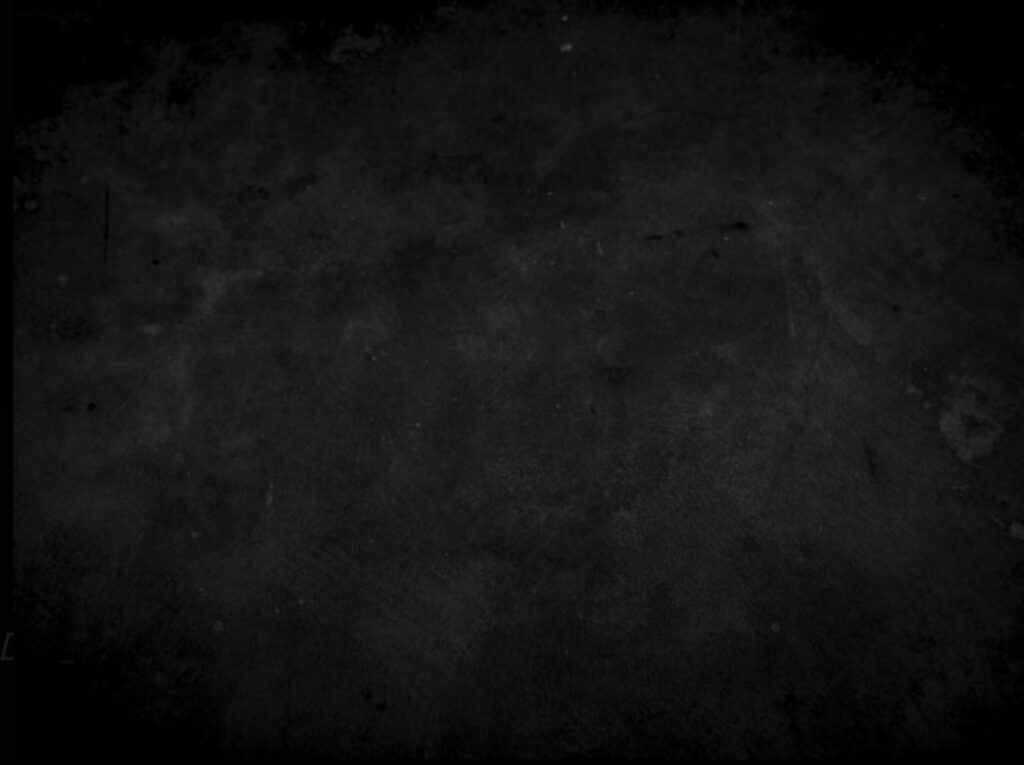Salvador Dalí remains one of the most iconic surrealist artists of the 20th century. Known for his vivid imagination and strikingly bizarre works, his art has the ability to transport viewers into dreamlike worlds that feel both captivating and unsettling. But did you know that much of Dalí’s surreal imagery was inspired by his recurring nightmares? This post explores how Salvador Dalí transformed his subconscious fears into some of the most memorable masterpieces in art history.
Let’s First Understand Surrealism Art
To understand Dalí’s approach, we need to first look at surrealism, the art movement that informed his craft. Surrealism emerged in the early 1920s, seeking to unlock the unconscious mind. Inspired by Freudian psychoanalysis, surrealist artists blended reality with dream logic, creating works filled with irrational juxtapositions, unexpected symbolism, and haunting imagery.
Surrealism rejected logic and reason, instead favoring the chaotic and subconscious. This movement gave rise to extraordinary works by artists like René Magritte, Max Ernst, and, of course, Salvador Dalí, whose unique vision brought surrealism to a new level.
Early Life and Influences
Dalí’s fascination with the surreal and the subconscious was rooted in his early years. Born in 1904 in Figueres, Spain, Salvador Dalí grew up with an eccentric personality and vivid imagination. His childhood was marked by a unique cocktail of influences, including Catholicism, his older brother’s death nine months before his birth, and a nurturing yet strict mother.
Dalí’s exposure to Freudian theories was particularly significant. He voraciously studied Freud’s work, which explored the role of dreams and repressed emotions in shaping human behavior. These ideas profoundly resonated with him and became integral to his art. Dalí viewed his dreams—not as mere random experiences—but as a source of profound creative material.
Dalí’s Recurring Nightmares
A recurrent theme in Dalí’s life was his vivid nightmares. These subconscious experiences were often dark and unsettling, but served as an endless reservoir of inspiration for his art. Here are some themes from Dalí’s nightmares that consistently appeared in his work:
1. Melting Clocks
Perhaps Dalí’s most famous work, The Persistence of Memory, is often associated with his nightmares. The melting clocks symbolize the fluidity and distortion of time, an idea that mirrors the warped sense of reality experienced in dreams.
2. Decay and Ants
Dalí had several works that highlighted his personal fear of decay. Ants crawling over objects, a recurring motif in his paintings like The Persistence of Memory, symbolized death and decomposition. These unsettling images came straight from his fears and dreams.
3. Distorted Faces and Bodies
The characters in Dalí’s paintings often feature elongated limbs or faces melting into the landscapes. These dreamlike figures reflect the surrealist principle of turning the familiar into the bizarre.
Through his nightmares, Dalí actively explored his subconscious. Rather than suppressing his fears, he embraced them and expressed them on the canvas.
Dalí and Hitchcock: The Spellbound Dream Sequence
Dalí’s surreal vision wasn’t limited to the studio; it also ventured into cinema. A fascinating example of this is his collaboration with famed director Alfred Hitchcock on the 1945 film Spellbound. Hitchcock sought Dalí’s input to design a pivotal dream sequence, believing that his surrealist approach would perfectly capture the protagonist’s fragmented psyche.
Dalí’s contribution featured striking imagery such as large, distorted eyes, unnerving landscapes, and unsettling symbols like scissors and playing cards. Unlike the soft-focus depictions of dreams common in films of the time, Dalí pushed for sharp and hyperrealistic visuals, ensuring the audience would vividly experience the unease and confusion of the dream.
Though portions of the sequence were eventually cut due to studio pressures, the scene remains a milestone in the merging of surrealism and mainstream cinema. Dalí’s work on Spellbound showcased how his ability to depict nightmares could not only enrich art but also tell profound psychological stories.
Transforming Darkness into Iconic Art
Salvador Dalí’s ability to transform his nightmares and fears into compelling surrealist art is a testament to his genius. By tapping into his subconscious, studying Freud, and turning his dreams into vivid images, he demonstrated the powerful interplay between emotion and creativity.
Dalí’s work invites us to reflect on our own subconscious minds. What can we learn from the dreams, both calming and haunting, that populate our nights? For Dalí, they were a goldmine of inspiration, proving that facing our fears head-on can result in some of the most meaningful and enduring creations.
